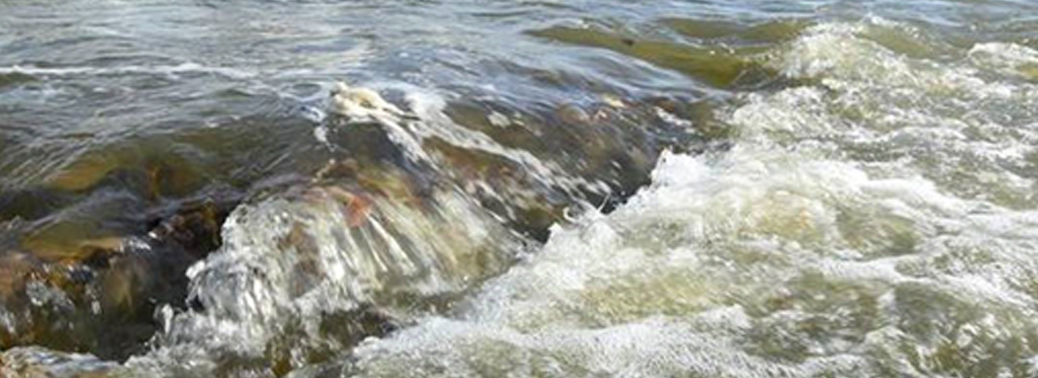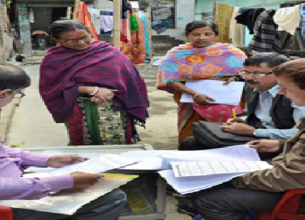CAUVERY BECOMES CLEAN DUE TO COVD-19 LOCKDOWN
01, Apr 2020

Prelims level : Rivers
Mains level : GS-III Conservation, Environmental Pollution and Degradation, Environmental Impact Assessment
Why in News?
- According to the Karnataka State Pollution Control Board (KSPCB), the strict enforcement of 21-day lockdown due to the COVID-19 pandemic has reduced the pollution in Cauvery River and its Tributaries.
Key Points:
- Untreated sewage from residential areas; pollutants from industries; religious waste material from pilgrims, and construction debris had been polluting the rivers.
- These rivers were flowing with hazardous elements such as lead, fluoride, faecal coliform, and some suspended solids in highly dangerous quantities.
- The prohibition of industrial and religious activities has helped in reducing pollution levels in the rivers.
- However, the Board will test the water samples at the regional laboratory in Mysore under the national programme ‘Monitoring of Indian National Aquatic Resources’and Global Environmental Monitoring Scheme.
About Global Environment Monitoring System (GEMS):
- It was introduced in 1975 at the United Nations Conference on the Human Environment.
- It is a global operation that collects information to better understand and protect the Earth’s environment.
- This effort is made with the cooperation of other countries, who contribute data to the GEMS.
About Monitoring of Indian National Aquatic Resources (MINARS):
- MINARS is a National Programme of monitoring national aquatic resources.
- It was started in 1984, with a total of 113 stations spread over 10 river basins.
- The present network comprises 870 stations on rivers, lentic water bodies and subsurface waters.
About Cauvery River:
- Cauvery is a sacred river of southern India. It rises in the Brahmagiri range of the Western Ghats and falls in the Bay of Bengal south of Cuddalore, in Tamil Nadu.
- It forms the sacred islands of Srirangapatna and Shivanasamudra and Shivanasamudra falls and also a wide delta.
- Total Length of the river is about 760 km.
- Its main tributaries are Amravati, Bhavani, Hemavati, Kabini, Shimsha, and Lakshmana Tirtha.
- Its basin drains parts of Karnataka, Kerala and Tamil Nadu.

















